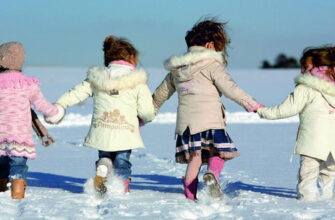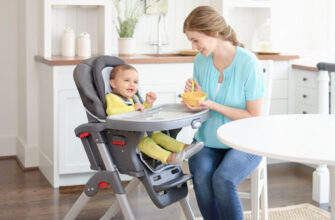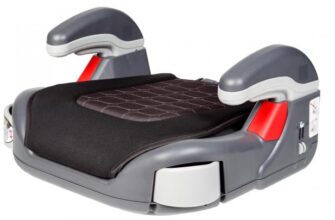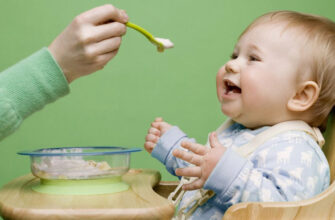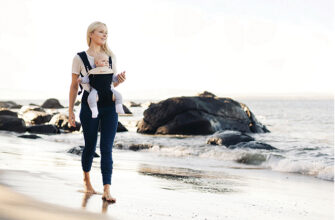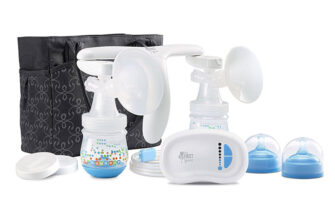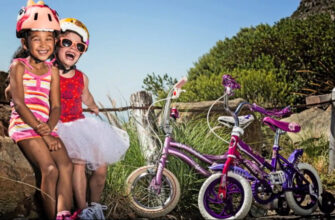The kid develops and learns the world with the help of toys. Playing with daughters-mothers or cars, children imitate the behavior of adults, and by collecting constructors and puzzles, they improve fine motor skills and imagination. But choosing a good toy is not easy at all.
The market is overflowing with low-quality products that break down quickly at best, and at worst negatively affect the health and psyche of the child. Therefore, when choosing children's toys, you need to take into account a lot of parameters: smell, quality of seams, material, age restrictions, subject matter, etc. Today we will tell you how to do this.
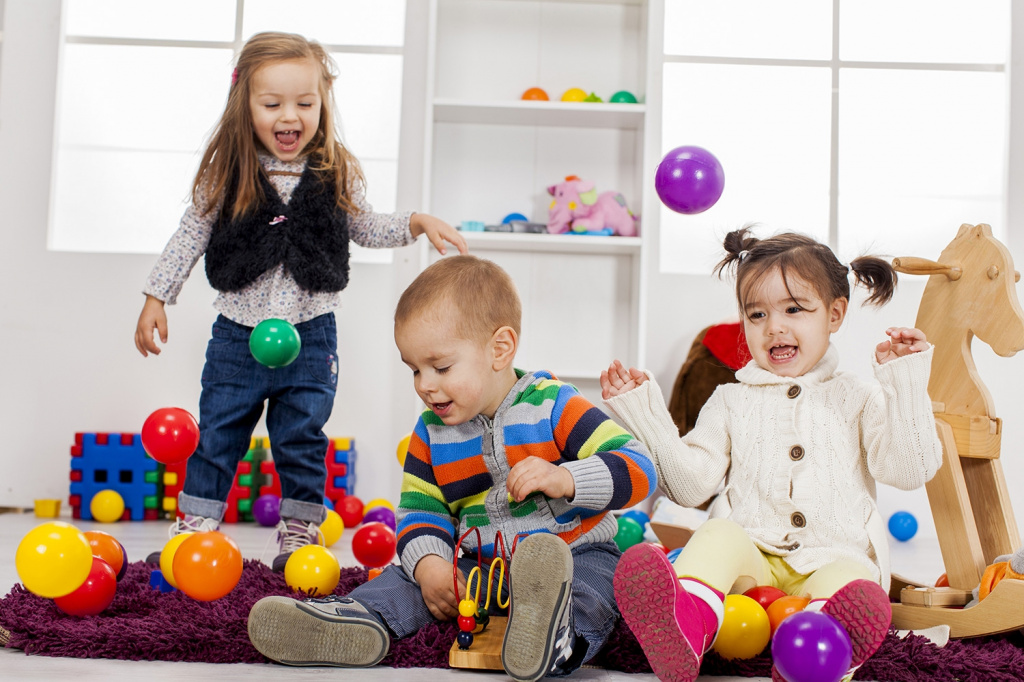
- How to find a quality toy for a child: selection options
- Material and safety
- Details
- Sound
- Smell
- Marking
- The form
- Choose children's toys based on age
- Toys for children 0-1 years
- Toys for children 1–3 years old
- Toys for children 3-5 years old
- Toys for children over 5 years old
- What else to look for before buying
How to find a quality toy for a child: selection options
Material and safety
Some toys are made from low-quality materials and are coated with cheap toxic dyes. As a result, they cause an allergic reaction (rash, cough, tearing, fever, runny nose, etc.) or even poisoning in the baby. To avoid this, you need to buy toys from specialty stores and trusted manufacturers (for example, Lego, Fisher Price, Tiny Love, Smoby, Eichhorn, or Connoisseur). So you can be sure that the toys have received the necessary quality certificates and do not pose a threat to the child's health.
Important to remember:
-
It is not recommended to choose soft toys for small children (0–3 years old) – they get dirty quickly, accumulate dust and can cause allergies. In addition, according to GOST, natural fur and leather are not allowed in such products. It is also important that the toy does not have long pile that is easily pulled out, as well as small parts that can be torn off and swallowed by the baby.
-
Wooden toys should be made of well-processed wood, free from burrs and wormholes. Painted items should be covered with colorless varnish.
-
It is not allowed to use glass in toys for children under three years old. In products for older children, this material can be used only when it is necessary for the functioning of the model.
-
For children under three years old, you cannot choose toys made of paper, brushed rubber (for example, latex), porcelain and cardboard.
-
Parts for prefabricated toys (for example, pyramids and building blocks) intended for toddlers aged 0–3 years should not be less than 3.2 cm.
-
Rattles for babies under 3 years old should not weigh more than 100 g.
-
No laser is allowed in toys. Laser radiation can damage the retina of the eye and impair the child's vision.
Details
Details on the toy (spouts, eyes, etc.) must be tightly attached to the product. This is necessary so that the cub cannot grab them with its teeth, tear them off and swallow them. It is also important that the legs, ears and other parts of the body in stuffed soft toys cannot be torn off – otherwise the child may eat up the filler.
Sound
Test the sound the toy makes before purchasing. He should not 'cut' the hearing or frighten the baby.
Smell
If the product has a strong chemical smell, refuse to purchase. Most likely, it contains toxic substances (formaldehyde, methanol, toluene, etc.).
Marking
When buying, pay attention to whether the toy's packaging or insert contains instructions for use, warning labels and age restrictions. They should indicate:
-
At what age can the product be used;
-
Lifetime;
-
Storage and care rules (if necessary);
-
Manufacturer country;
-
Trademark (if the manufacturer has registered it);
-
Precautions (if necessary) and rules of use.
-
Warning labels. For example, a toy indicates that it can only be used in the presence of adults or only from a certain age;
-
Manufacturing date.
-
Remember, products of questionable quality do not have such markings.
The form
It is important that all protruding parts of the toy are 'protected' from rubber, plastic, etc. For example, tips for arrows, bullets and other projectiles should have protective suction cups or rubber caps, and their diameter should be 2 cm or more. Also, sharp ends, corners and edges that could injure the child are not allowed. The edges of metal parts to which the child has access must have a special polymer coating or be bent or twisted in a spiral.
Choose children's toys based on age
Toys for children 0-1 years

For the first months of life, the baby should buy hanging toys (giraffes, tigers and other animals). With the help, the baby will learn to distinguish shapes and colors, focus on objects, develop hearing, tactile reflexes and fine motor skills. Rattles and teether rattles can be purchased from four months old, and from five months old toys that make sounds are an excellent option.
At this age, it is not recommended to buy soft toys that will accumulate dust and dirt, and metal (heavy) products.
At 6–7 months, the baby will be happy to play with rubber squeaks, pyramids, cubes and musical toys, and at 8–9 months he will show a special interest in toy boxes into which objects of a certain shape must be inserted.
In the future, the cub can choose toys on wheels that can be pushed, balls that he will roll on the floor and other developing models.
Toys for children 1–3 years old

At this age, the child can buy play mats that facilitate the development of coordination of movements, motor abilities, dexterity and fine motor skills. as well as gurney toys gurney tolokars that promote muscle development and the formation of walking skills. A good option would be music boxes, pyramid-sorter, dolls, collapsible toys, cars.
Toys for children 3-5 years old
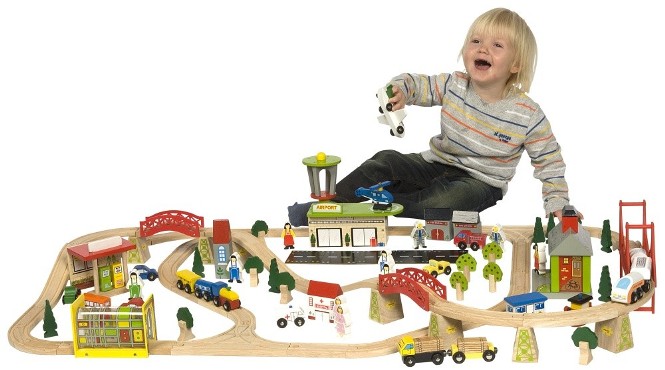
Children over three years old are happy to play with soft toys and are engaged in 'adult' affairs – they play with toy household items (pots, pans), treat their toy friends with the 'doctor's kit' and 'save the world'. They also assemble constructors, draw and paint pictures, sculpt from plasticine and dough.
Toys for children over 5 years old
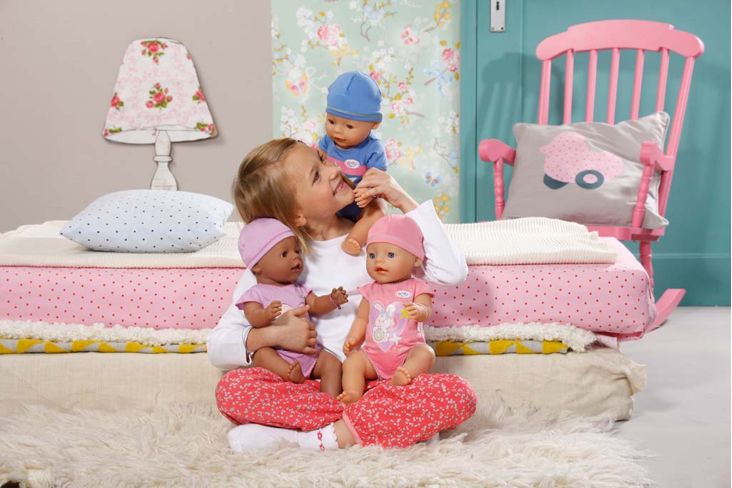
At about five years old, children begin to prepare for school. Therefore, they should choose books, realistic toys, puzzles, board games, research kits, puzzles, radio-controlled toys, etc.
What else to look for before buying
-
When buying, pay attention to the appearance of the product. Psychologists report that scary toys can negatively affect the psyche of children, causing aggression and fear. In particular, this applies to babies 2-5 years old. The emotions and impressions received by the young at this age have a strong influence on its development. It is at this age that he learns the world and builds his behavior on the basis of what he saw and heard. But what will happen to him if he plays ugly monsters or mutants?
-
Unfortunately, the appearance of toys is not regulated in any way, and the way they look depends only on the imagination of designers and engineers. Therefore, one should not rely on the good faith of manufacturers – even well-known companies have products that can negatively affect the psyche of a child. Rely only on your own opinion and choose beautiful and kind toys that will become a source of joy for your baby.
-
Remember not to overfill your child with toys. If a toddler has too many toy 'friends', the less value they have in his eyes. In addition, with such an abundance, the child's concentration suffers.
-
With a limited number of toys, it is easier to interest the baby in reading, drawing and modeling, as well as teach him to take care of his things and be neat.
!
In the next article, our experts will tell you how to choose the right railroad for your child.
Attention! This material is the subjective opinion of the authors of the project and is not a purchase guide.


